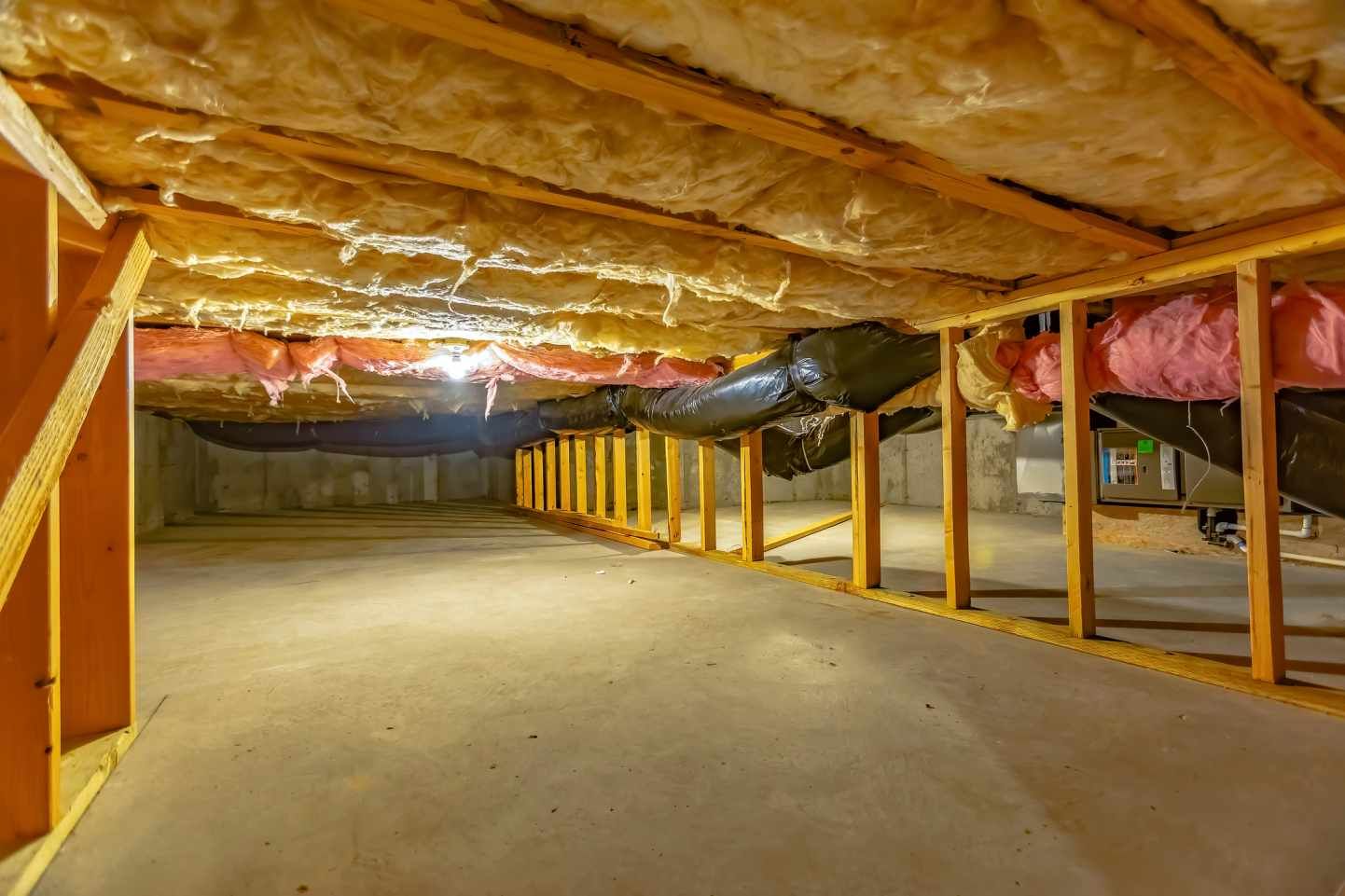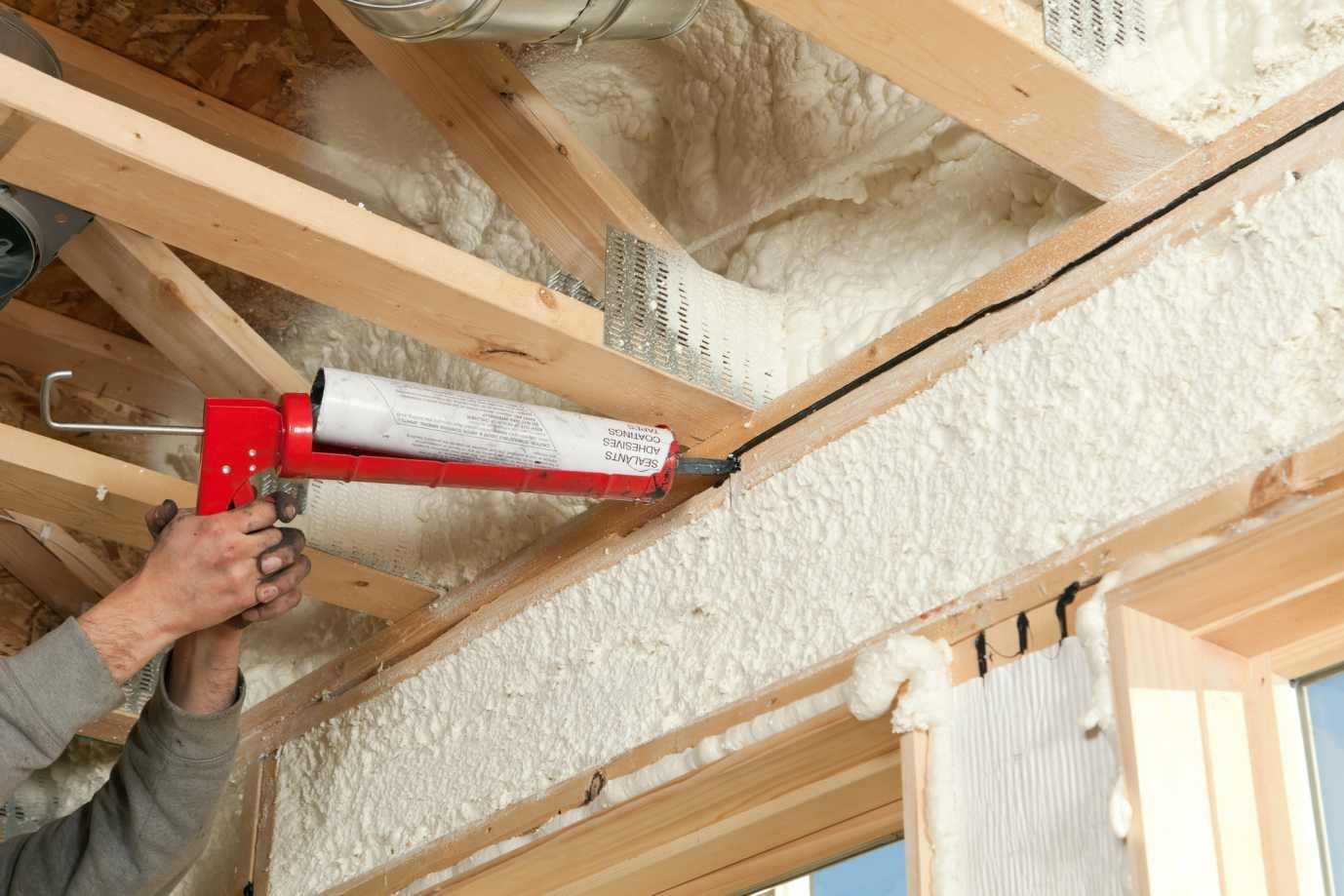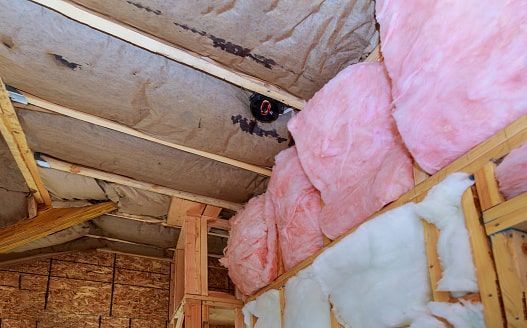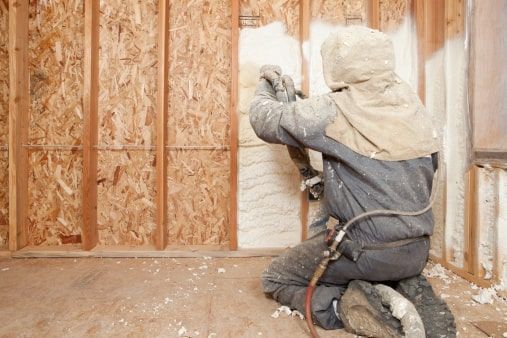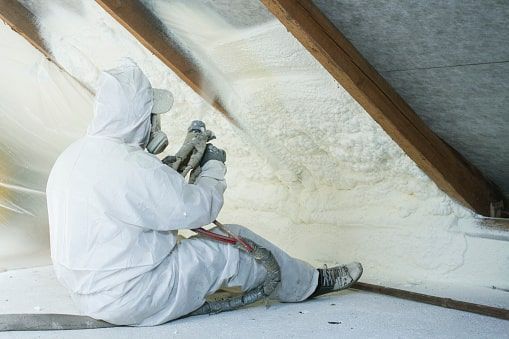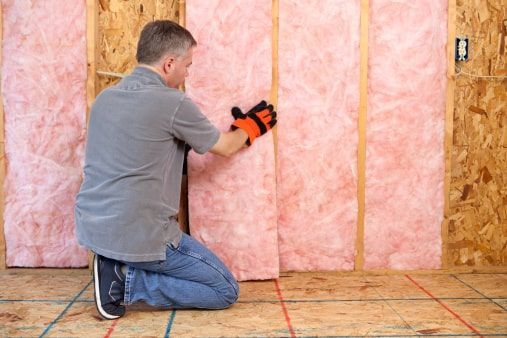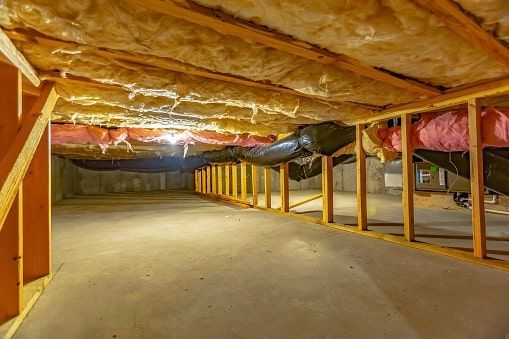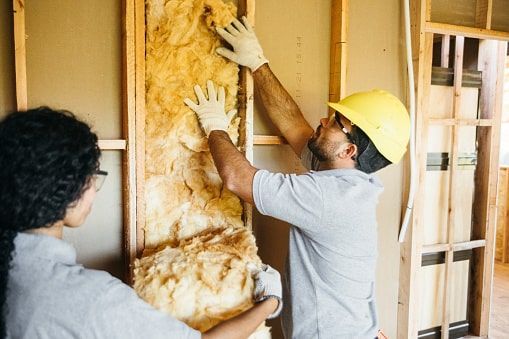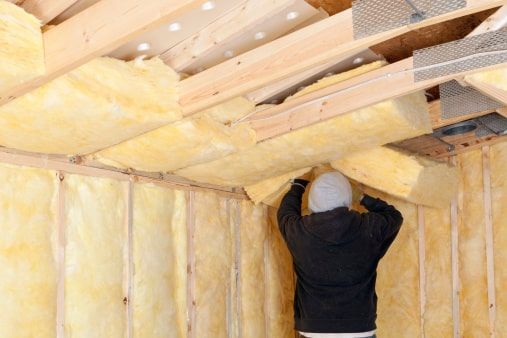Should I Insulate My Attic Floor or Ceiling?
You’ve probably heard that boosting attic insulation is a smart way to improve comfort and lower energy bills. Maybe you’re researching your options when you pause to ask, “Should you insulate the attic floor or ceiling?” Good question! The right choice for your situation depends on how your attic is built, how you use it, and what climate you live in.
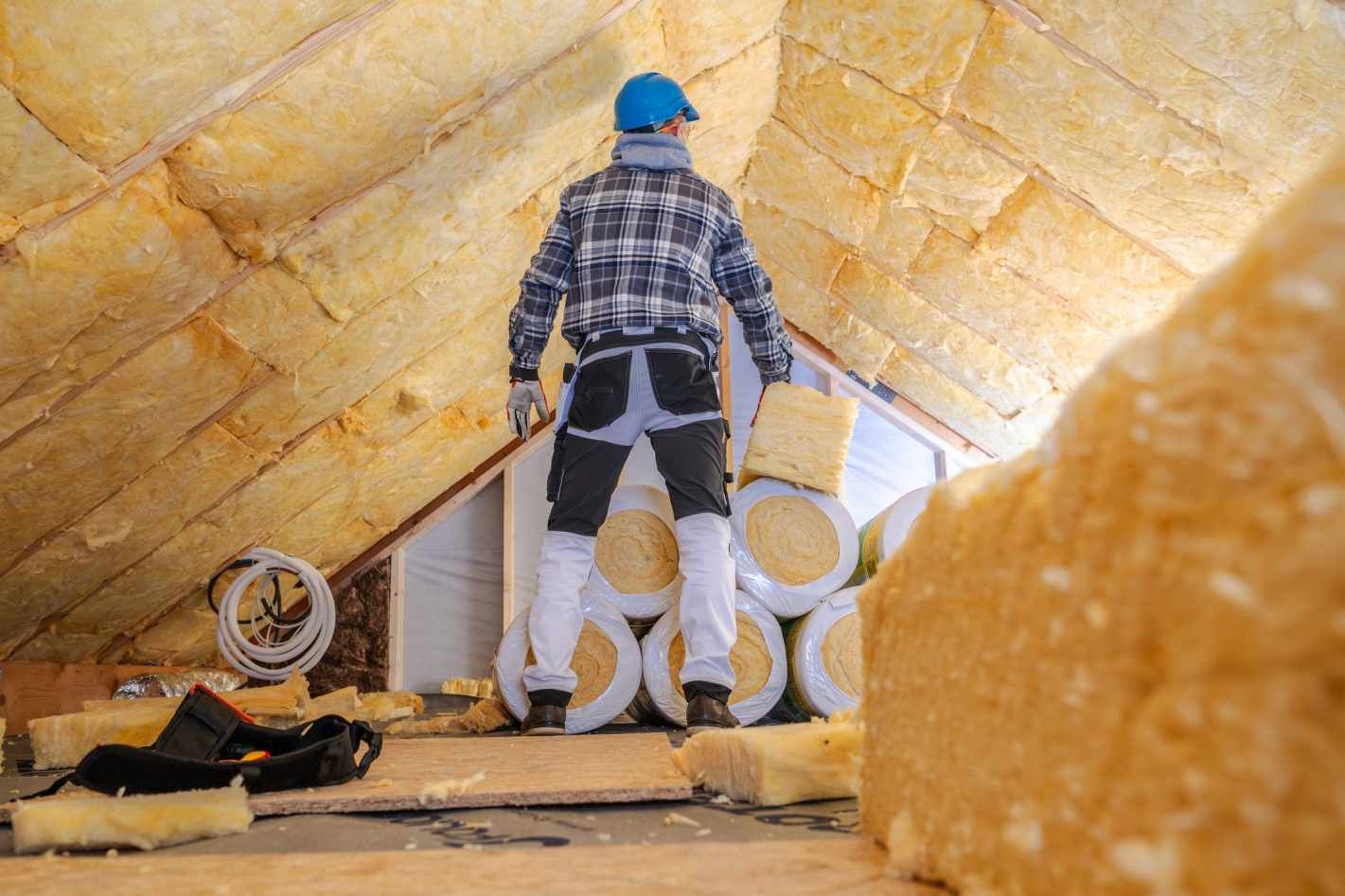
Attic Floor vs. Attic Ceiling Insulation
Insulating the attic floor and insulating the ceiling (or roof deck) are two different strategies with very different outcomes. Explore each one:
· Attic floor insulation sits right above the ceiling of your home’s top floor to create a barrier between your living space and the attic. This is the default option for most homes because it’s easier to install, more affordable, and highly effective when paired with good ventilation.
· Attic ceiling insulation is applied to the underside of the roof, making the attic part of your home’s insulated envelope. This creates more stable temperatures and often involves sealing off existing vents. The attic may also be connected to your HVAC system to maintain proper climate control, especially if used as a living space.
When Should You Insulate the Attic Floor or Ceiling?
If your attic is an unused space above your head, and you don’t have ductwork or pipes running through it, insulating the floor is your best bet. This smart, cost-effective move keeps warm air inside during the Chicago winter and helps your AC work less in the summer.
On the other hand, if your attic houses an air handler, plumbing, or delicate storage items, insulating the ceiling is a better option. Keeping the attic temperature closer to the rest of the house prevents your systems from working overtime. It’s also a must if you’re converting the attic into a living space.
Attic Insulation Options
Here are some of the most popular attic insulation materials and where to use them:
· Blown-in cellulose is perfect for filling every gap on the attic floor. Just be sure to air seal first.
· Fiberglass batts are easy to install on both attic floors and rafters.
· Spray foam is a high-performance option that works on the attic floor and ceiling. It seals air leaks while insulating, which is ideal for unvented attics or converted spaces.
· Rigid foam board is usually installed on the roof deck or attic walls.
· A radiant barrier may be installed under the roof deck to reflect heat. It’s useful in hot months but not as a standalone solution.
Contact Titanium Insulation
Choosing the right insulation strategy is important, but so is choosing the right team to install it. Titanium Insulation has earned a reputation as one of Chicagoland’s most trusted insulation companies. We provide clean, respectful work that meets or exceeds all regulations. Every technician on our team is carefully selected and continuously trained to get the job done right. We guarantee our work and treat your home like our own. If you’re ready to boost attic efficiency, request your free insulation estimate in the Greater Chicago area today.

